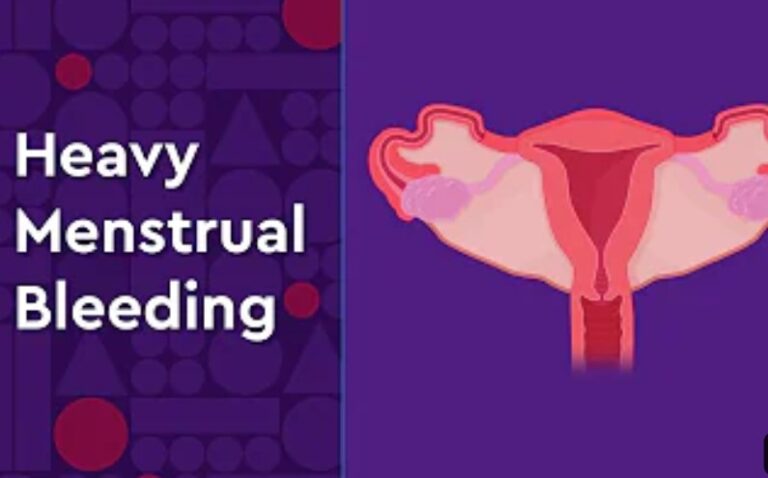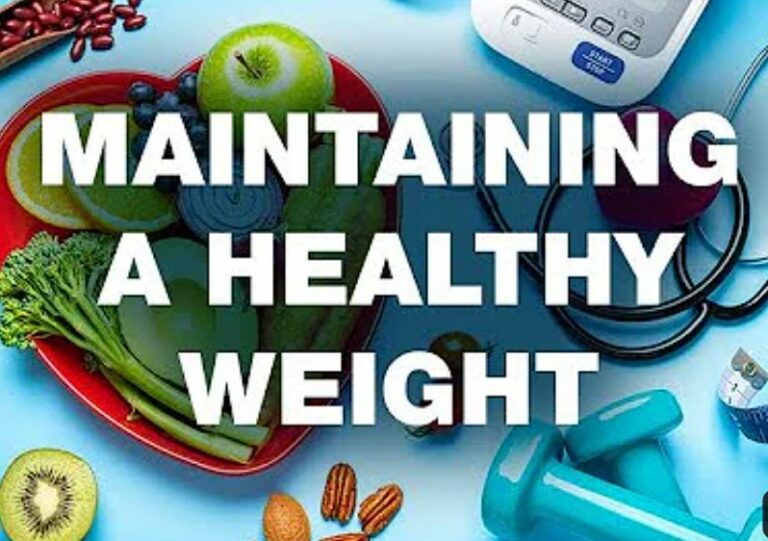Superfetation: Is Two Pregnancies Possible?
The concept of a woman getting pregnant while already pregnant might sound surprising, but it is possible. This occurrence is called superfetation. In this process, a woman’s body ovulates and releases another egg while she is already pregnant, which is then fertilized by sperm, resulting in the conception of a second fetus.

What is Superfetation?
Superfetation is a rare occurrence, and there are a few conditions that need to be met for it to happen. Firstly, the woman needs to have a functioning uterus with two separate and viable compartments. Secondly, she needs to be ovulating while she is already pregnant, which is not a common occurrence. Thirdly, sperm must enter the vagina and fertilize the second egg.
The fertilization of the second egg usually occurs within a few weeks of the first one. However, it is essential to note that superfetation is more likely to occur in women who conceive while using fertility treatments such as IVF (in vitro fertilization) or other hormonal treatments.
In normal pregnancy, the body releases hormones that suppress ovulation, preventing the possibility of getting pregnant again. However, in rare cases, the hormonal changes may not be enough to prevent ovulation, which leads to the possibility of superfetation. In other cases, women may have a genetic predisposition that allows for the continued release of hormones that stimulate ovulation during pregnancy.
While superfetation is rare, it is not impossible, and there have been documented cases of it. One such case was reported in 2009, where an Arkansas woman became pregnant while already pregnant. Jessica Allen, a surrogate mother, underwent in vitro fertilization for a couple who wanted to conceive a child. However, Allen was still ovulating when the embryo was implanted, and a second egg was fertilized by her partner. She ended up carrying two babies, one from the couple who hired her and the other from her partner.
Superfetation can also occur in animals. For instance, some marsupials, such as kangaroos and wallabies, can become pregnant while still nursing their young. This is possible because they have two uteruses, which enables them to carry two different developing fetuses at different stages of development.
Is There Any Potential RIsk
The potential risks associated with superfetation are not well known, primarily due to the rarity of the occurrence. However, some potential risks have been identified. One possible risk is premature birth, as the two fetuses will be at different stages of development. The risk of preterm labour may also increase as the uterus may not be able to accommodate two fetuses adequately.
Also, Read About Ectolife the Artificial Womb Facility
There is also the possibility of one fetus being affected by a condition that could cause harm to the other. For instance, if one fetus has a viral or bacterial infection, it could be transmitted to the other fetus. Additionally, one fetus could be affected by a genetic condition that does not affect the other fetus.
In conclusion, superfetation is a rare occurrence where a woman gets pregnant while already pregnant. It occurs when a woman ovulates and releases a second egg while pregnant, which is then fertilized by sperm, resulting in the conception of a second fetus. Superfetation is more likely to occur in women who conceive using fertility treatments or have a genetic predisposition that allows for the continued release of hormones that stimulate ovulation during pregnancy. While the risks associated with superfetation are not well known, potential risks include premature birth and the possibility of one fetus being affected by a condition that could cause harm to the other.






